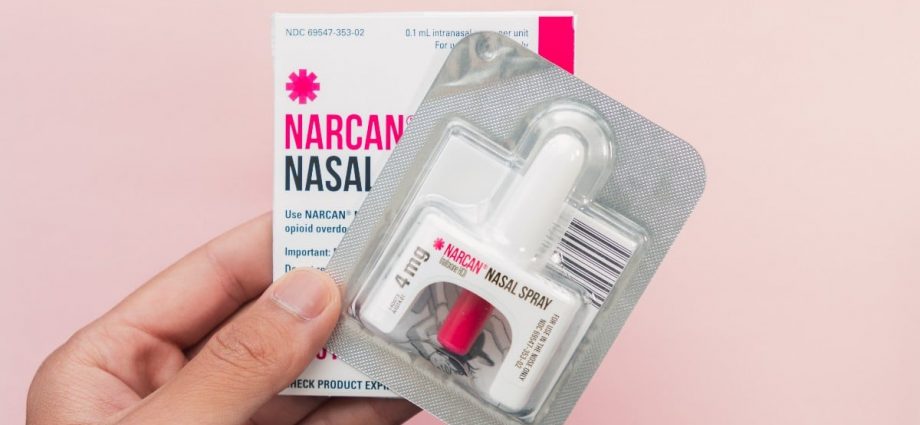MONDAY, July 8, 2024 (HealthDay News) — An experimental drug can supercharge the effects of the lifesaving overdose drug naloxone, potentially improving its effectiveness against new and more powerful opioids like fentanyl, a new study finds.
The drug, dubbed compound 368, makes naloxone (Narcan) 7.6 times more effective at inhibiting the opioid response that causes overdose, researchers report in the July 3 issue of the journal Nature.
“Naloxone is a lifesaver, but it’s not a miracle drug; it has limitations,” said co-senior study author Susruta Majumdar, a professor of anesthesiology at Washington University in St. Louis.
“Many people who overdose on opioids need more than one dose of naloxone before they are out of danger,” Majumdar explained in a university news release. “This study is a proof of concept that we can make naloxone work better — last longer and be more potent — by giving it in combination with a molecule that influences the responses of the opioid receptor.”
Opioids like oxycodone and fentanyl work by activating receptors in the brain. These receptors reduce the perception of pain and induce euphoria, but they also slow down breathing — the side effect that makes overdose deadly.
Naloxone works by blocking the ability of opioids to activate those receptors, researchers said. Unfortunately, naloxone wears off after about two hours, while fentanyl can remain in the bloodstream for eight hours.
Given this, researchers set out to find a compound that could strengthen naloxone by helping it remain active in the body for longer.
The team screened a library of 4.5 million molecules, searching for molecules that could also bind to opioid receptors alongside naloxone, thus boosting its effectiveness.
In lab tests, researchers found their most promising candidate — compound 368 — helped naloxone remain active in the body at least 10 times longer.
“The compound itself doesn’t bind well without naloxone,” said lead researcher Evan O’Brien, a postdoctoral scholar at Stanford University. “We think naloxone has to bind first, and then compound 368 is able to come in and cap it in place.”
What’s more, compound 368 improved naloxone’s ability to counteract opioid overdoses. In mouse tests, it enabled naloxone to reverse the effects of fentanyl and morphine at one-tenth the usual dose.
Compound 368 also did not worsen the withdrawal symptoms that can occur in people revived with naloxone, which can include pain, chills, vomiting and irritability.
“Opioid withdrawal likely won’t kill you, but they’re so severe that users often resume taking opioids within a day or two to stop the symptoms. The idea that we can rescue patients from overdose with reduced withdrawal might just help a lot of people,” said co-senior researcher Jay McLaughlin, a professor of pharmacodynamics at the University of Florida.
Researchers have filed a patent on compound 368 and several other molecules that could fine-tune the effectiveness of other drugs on the brain’s opioid receptors.
Still, it will be 10 to 15 years before such a naloxone-enhancing agent will be approved, Majumdar said.
“Developing a new drug is a very long process, and in the meantime new synthetic opioids are just going to keep on coming and getting more and more potent, which means more and more deadly,” Majumdar said. “Our hope is that by developing [these compounds], we can preserve naloxone’s power to serve as an antidote, no matter what kind of opioids emerge in the future.”
More information
The U.S. Centers for Disease Control and Prevention has more about naloxone.
SOURCE: Washington University, news release, July 3, 2024
Copyright © 2025 HealthDay. All rights reserved.

